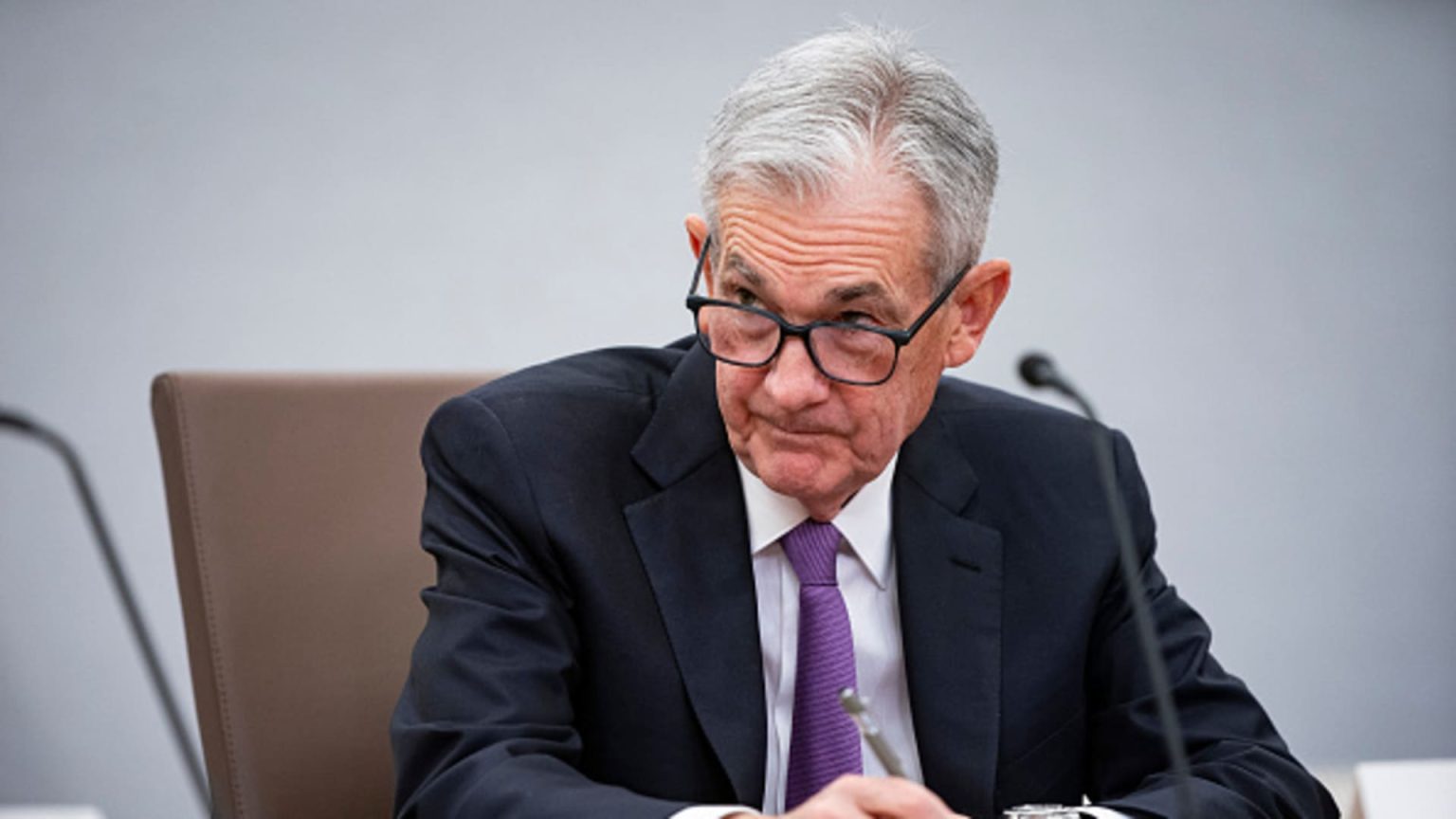Federal Reserve Chairman Jerome Powell recently stated that policymakers will take time to assess the current state of inflation, making the timing of potential interest rate cuts uncertain. Powell expressed that the central bank is not in a rush to ease monetary policy, particularly in response to stronger-than-expected price pressures at the start of the year. He emphasized that cutting policy rates will only be considered once there is greater confidence that inflation is moving sustainably down toward 2 percent. This cautious approach is due to the strength of the economy and the progress on inflation so far.
The Federal Open Market Committee (FOMC) recently decided to keep benchmark short-term borrowing rates steady, indicating a need for “greater confidence” before any cutting would take place. As markets expect the FOMC to begin easing policy this year, adjustments are being made to account for higher-than-expected inflation rates. While some economic variables, such as the labor market and consumer spending, remain strong, the Fed is taking time to evaluate the current economic conditions before making any significant changes to monetary policy.
The Fed’s preferred inflation measure, the personal consumption expenditures price index, showed a 12-month rate of 2.5% for February, with other inflation gauges also indicating rates above 3%. Powell acknowledged that recent data on job gains and inflation have been higher than expected, but overall, the economy continues to show solid growth and movement towards the 2 percent inflation target. Other Fed officials, including Raphael Bostic, Mary Daly, and Loretta Mester, have also expressed support for the Fed’s patient approach and suggested varying levels of potential rate cuts.
Powell stressed that decisions regarding interest rates are made meeting by meeting, with cuts likely to be appropriate at some point this year. The uncertainty surrounding rate changes has caused fluctuations in financial markets, leading to concerns among traders. Despite this uncertainty, Powell reaffirmed the importance of Fed independence and steering clear of political issues, especially as the presidential election approaches. He highlighted the commitment of the Fed to making decisions based on what is best for the economy in the medium and longer term without personal or political bias.
In addition to discussing rate policy, Powell addressed the concept of “mission creep” and clarified that the Fed does not seek to be involved in climate change issues. He emphasized that the Fed’s role is not that of “climate policymakers” and that their focus remains on assessing economic conditions and making decisions based on what is best for the economy. As markets continue to adjust their expectations for potential rate cuts, the Fed remains committed to closely monitoring economic data and taking a cautious approach to changes in monetary policy.


